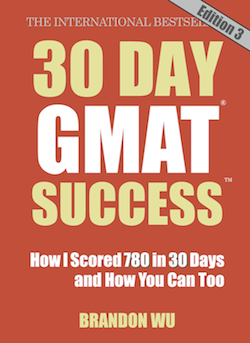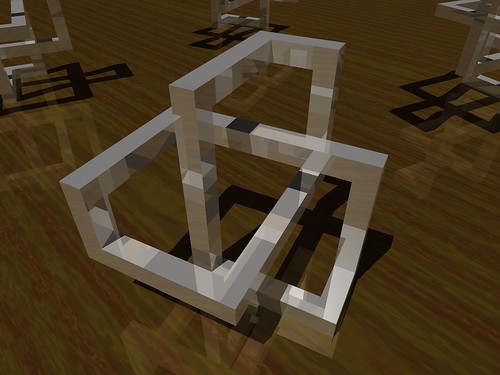The Official Guide 13th Edition How To Quantitative: Page 166, #104
With 75 minutes to solve 37 questions, you have roughly 2 minutes per question on the quantitative section. Since you aren’t allowed to skip back and forth among questions, you need to pace yourself wisely, which means identifying opportunities to take (accurate) shortcuts on some questions, so that you have more time to spend on the stumpers.
In a previous post, we talked about backsolving, but there is another way that you can use the answers to your advantage. Take geometry problem solving question #104. This question is dealing with a square that has a 20-inch diagonal. The official guide explanation is to use the Pythagorean Theorem to solve for the side in order to calculate the perimeter. Such lengthy calculations take time and leave you vulnerable to making a careless error. You might recognize, instead, that you are dealing with an isosceles right triangle, so you can use the relationship of the sides in a 45°, 45°, 90° triangle to more quickly determine the perimeter, but then you are dealing with square roots and still might make a careless mistake.
All you really need is a little basic geometry knowledge. The diagonal of a square is the hypotenuse of a right triangle. The hypotenuse is always the longest side of a triangle, so the sides of this square must be less than 20. Eliminate answers (C), (D), and (E). If you know the third side rule (the third side of any triangle is greater than the difference of the other two sides and less than their sum) you know that the side of the square can’t measure 10, so eliminate answer (A). (B) is correct. By thinking logically about the answer choices in relation to the information given, you can solve this question very quickly.
Be careful when using this strategy; it won’t work very well when the answers are close together or when you are just estimating from an image, rather than using rules and logic. Problem solving question #210, for example, would not be one on which you should use this strategy. You can tell from sight that x + y will be greater than 180, but from the answers given, the correct one is impossible to estimate.
Image Courtesy of fdecomite with Creative Commons License


Comments